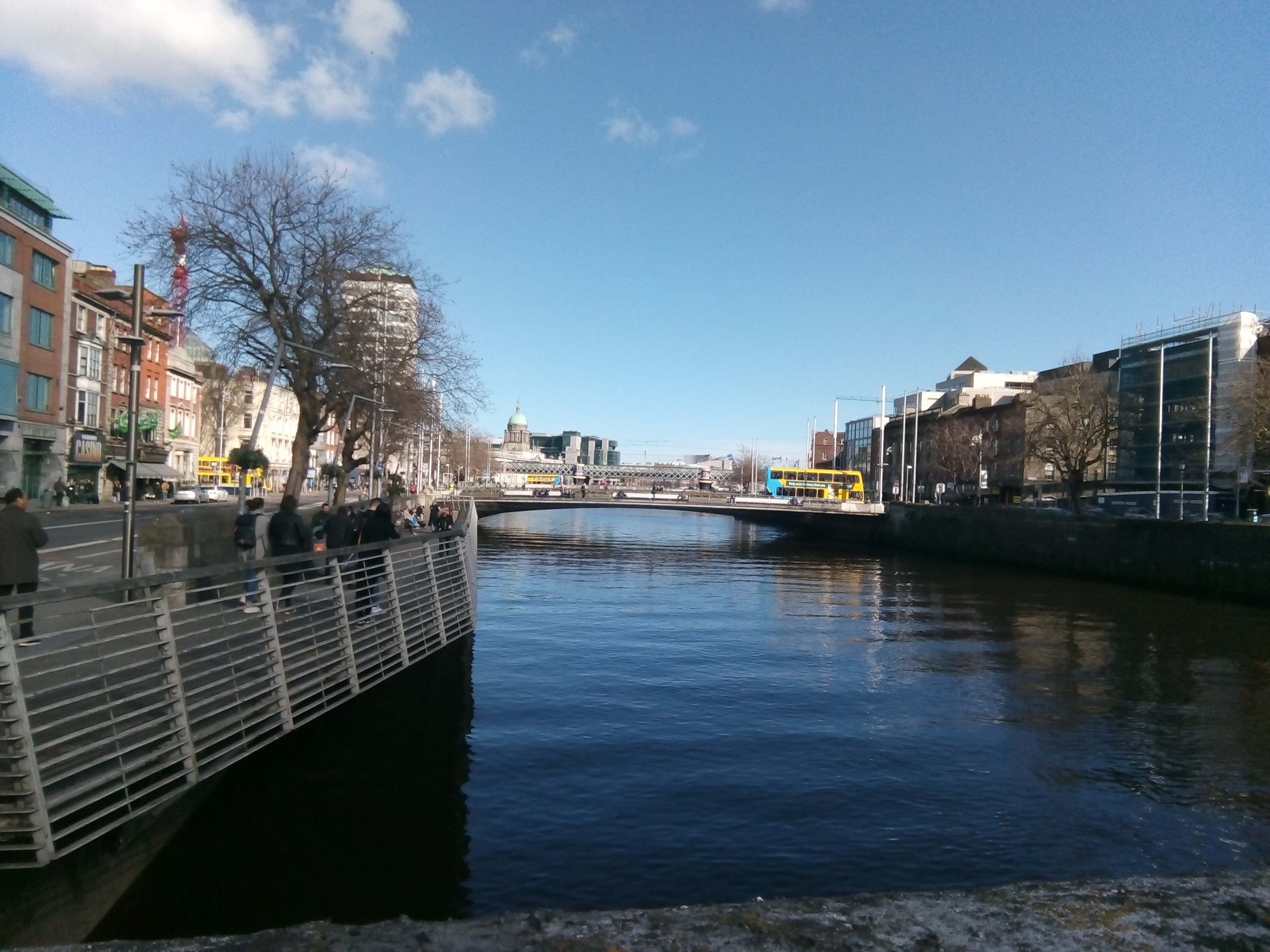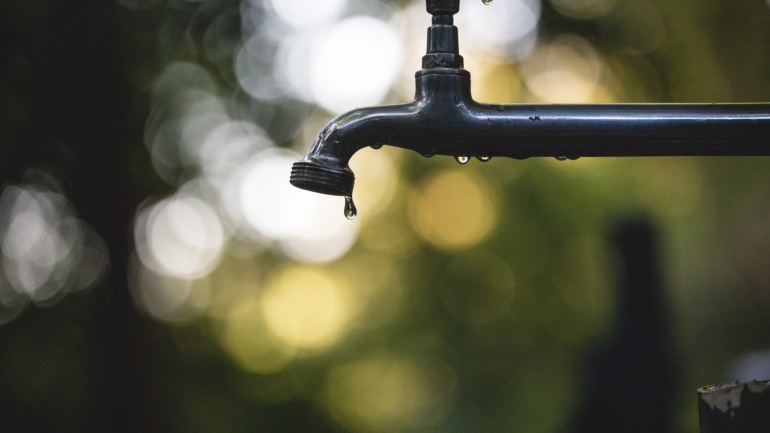By Lynsey Mugomba, former Researcher for Save The Water™ | March 3, 2018
In Response to Public Polls about Water, the European Union Adopted a Water Framework, the EU-WFD
In October of 2000, the European Union adopted the European Union Water Framework Directive (EU-WFD).The EU-WFD responded to increased demand by environmental organizations and EU citizens for cleaner water bodies.1 Next year, in 2019, EU-WFD is due to be revised.2 To prepare for 2019, a team of international research team conducted research to make recommendations for revising the EU-WFD. Also, on March 6, 2018, a Conference on the EU water policy and the revision of the EU Water Framework Directive (WFD) will be in held in Brussels.3
When polled in 2012 about their main environmental concerns, almost half (47 percent) of the 25 European countries cited water quality as a key concern.1 The 2012 poll also revealed that up to 68 percent of the EU population recognized flooding, droughts, and chemical pollution as areas of concern, with the last as the biggest threat to water resources.4 EU citizens had identified water pollution awareness programs as having the greatest potential to address their concerns.4 Lastly, citizens called for heavier fines for polluters as well as financial incentives to curb polluting practices.4
The European Commission responded by prioritizing water protection. The Commission sought to remediate polluted water bodies while maintaining those that were already deemed “clean.”1 The EU-WFD aims for rivers, lakes, groundwater, and coastal beaches to achieve a “good status” rating by 2027.2 Under the EU-WFD, “good status” is described as a state when water bodies contain “only minimal pollutants and should provide a near-natural habitat for plants and animals.”2 Dr. Werner Brack called the EU-WFD an “ideal model” because the framework all water bodies regardless of international borders.2
Historically Polluted Waters with Inadequate Monitoring Mount Huge Hurdle to Meeting “Good Status” Water Goals under Current EU-WFD
Europe must overcome many challenges before its water bodies can attain “good status,” however, as some surface water bodies’ current condition is challenging to remediate.2 For example, certain substances such as mercury, tributyltin, and polyaromatic hydrocarbons, are persistent, bioaccumulative, and toxic. These substances tend to endure in both sediment and biota despite regulation.5
On top of this, scientists have yet to conduct research on many new pollutants. These “emerging” pollutants create an aura of mystery around them for eradication.5 The EU-WFD’s framework itself, despite its solid foundation, also falls short of its aims, so Dr. Brack has called for revising the EU-WFD by 2019.2 With a team of scientists, Dr. Brack has analyzed these shortcomings and issued recommendations to improve pollution monitoring and water management.2
International Team of Researchers Makes Recommendations for Improved and Cost-Effective Water Monitoring for Revising EU-WFD
The directive currently lists 45 pollutants on its priority substances list, but this list is not exhaustive as there are over 100,000 chemicals used in everyday life that end up in water bodies.2 The framework currently involves testing individually for each of the 45 chemicals, which is both expensive and narrow. Stated differently, the latter method disregards most chemicals and so ultimately fails to address key problems. Although one solution could be adding more chemicals to the list of priority substances, this solution requires success in “cumbersome political process.”2
Even if the political process resulted in adding a chemical to the list, the addition would not suffice to measure toxicity accurately. Dr. Brack points out that chemicals tend to exhibit higher toxicity collectively and not individually.6 As a result, it is not the presence of a single compound that is critical. Instead, it is a chemical’s effect on the body of water once mixed with other chemicals that is crucial.6 Thus, the team of international scientific researchers recommended that monitoring water quality should switch from chemical analysis of individual substances to implementing effect-based methods, such as biological effect tests.6 Effect-based methods, such as Effect-Directed Analysis (EDA), use a combination of fractionation, biotesting, and other chemical analytical methods to analyze organic components.7
Implementing these new methods would allow all substances, including mixed ones, with the same effects to be recorded. Thus expensive individual chemical analyses would only be performed where certain effect thresholds have been exceeded.2
Changing the Burden of Proof Would Lead to Improved Assessment of Water Quality
The directive utilizes the worst offending component of a water body to determine whether the relevant water body is classified as having a “good status.”2 This measure is used even though in some cases the worst offending component might be impossible to influence with water management policy and measures. As a result, some water bodies will not be able to meet the required targets despite significant improvements to their key components.2 Instead, the researchers recommended modifying current method of assessment to incentivize more actions to improve water quality, such as good monitoring of water bodies by member states.6
Currently, member states underperform their legal monitoring duties, but the current system “rewards” them for this shortcoming.2 For example, as of 2012, because of gaps in monitoring chemicals in surface water, “the status of over 40 % of water bodies was unknown and it was impossible to establish a baseline.”8 Poor analyses mean the identified risk is lower than the actual risk, thus failing to trigger pollution reduction measures.2 To remedy this, researchers are recommending a reversed burden of proof. Under this reversal, when inadequate monitoring results in insufficient data, the water bodies would be assessed using predicted values. The onus would then rest on the relevant member state to prove that their actual values were in fact better than the predicted values, thus requiring the member state to gather sufficient data.2
A Solutions-Oriented Water Monitoring Approach would Improve Water Management in EU-WFD Revision
Solely assessing water quality does not suffice to achieve the desired water quality outcomes. Countries, organizations, and people must follow-up. Dr. Brack admits that current recommendations are from a solutions-oriented point of view, which requires closer linkages between monitoring, assessment, and potential measures than exist today.2
An example is pollution from sewage treatment processes which can exceed effect thresholds. The new recommendations direct that actual sewage pollution measurements be analyzed against expected values, thus accounting for the degree of cleaning and sewage volumes. If the actual values exceed the expected values, then the sewage treatment plant must make changes. The plant would identify and possibly eliminate the relevant pollutants before they reach the water body. Such an approach would encourage developing new alternatives to improve water quality. This type of approach would also deal with multiple problems simultaneously. Ultimately, improving water quality is a multifaceted issue that requires coordination. Such an approach will allow for water quality management to evolve with pollution issues.2
We will see what happens for revisions of the EU-WFD after the scheduled conference in Brussels.
References
- European Commission. “Introduction to the new EU Water Framework Directive.” http://ec.europa.eu/environment/water/water-framework/info/intro_en.htm
- Helmholtz Centre for Environmental Research – UFZ. February 27, 2017. “New standards for better water quality in Europe:Researchers present recommendations for revision of the EU Water Framework Directive.” https://www.ufz.de/index.php?en=36336&webc_pm=5/2017
- One Policy Place. February 15, 2018. “Event: Conference on the EU water policy and the revision of the EU Water Framework Directive (WFD) (Brussels, 6 March 2018).” Digital tools for EU policy people. http://bit.ly/2oCZone
- European Commission (b). March 23, 2012. “Flash Eurobarometer on Water shows that most Europeans realise the seriousness of water-related problems and support stronger EU action.” http://ec.europa.eu/environment/water/eurobarometer.htm
- Robert Collins, et al. 2011. Hazardous substances in Europe’s fresh and marine waters: An overview. European Environmental Agency. https://www.eea.europa.eu/publications/hazardous-substances-in-europes-fresh/file
- Werner Brack, et al. 2017. “Towards the review of the European Union Water Framework Directive: Recommendations for more efficient assessment and management of chemical contamination in European surface water resources.” Science of the Total Environment, 576: 720. http://bit.ly/2Fb6CIu
- John Munthe, et al. 2017. “An expanded conceptual framework for solution-focused management of chemical pollution in European waters.” Environmental Sciences Europe, 29(13). https://enveurope.springeropen.com/articles/10.1186/s12302-017-0112-2
- Communication from the Commission to the European Parliament and the Council: The Water Framework Directive and the Floods Directive: Actions towards the ‘good status’ of EU water and to reduce flood risks. 2015. Commission to the European Parliament and the Council. http://eur-lex.europa.eu/legal-content/EN/TXT/?uri=CELEX:52015DC0120





